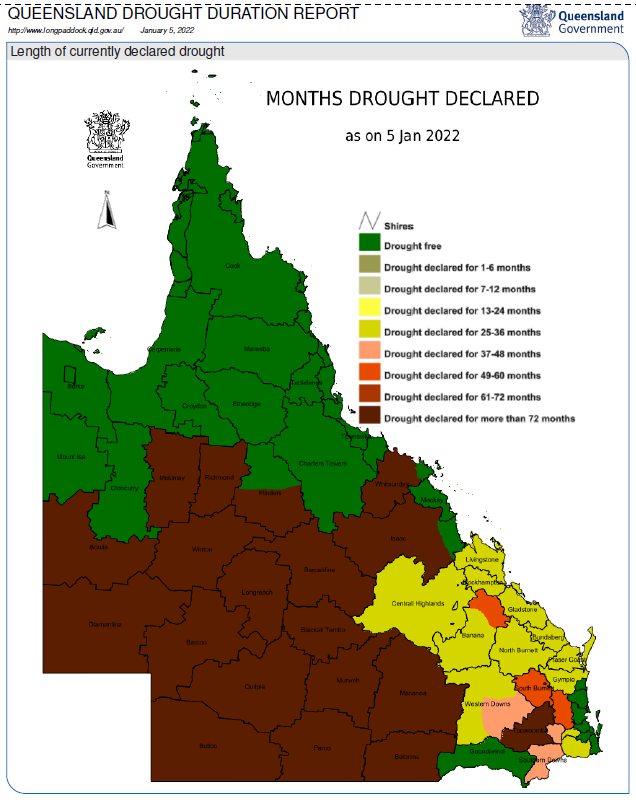FORAGE is an online decision support system that generates and distributes, in customised PDF reports, information for rural Lots on Plan greater than one hectare in area for grazing properties in Queensland.
The reports generated by FORAGE incorporate a number of products such as SILO climate data, satellite imagery and modelled pasture growth, delivering them by email as easy to understand PDF property-scale reports, to help decision-making in grazing land and environmental management.
Download a two-page FORAGE Quick User Guide (PDF, 1 MB), or for more detail, see the full FORAGE User Guide (PDF, 5.5 MB).
Available FORAGE reports include:






